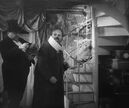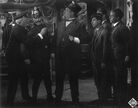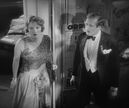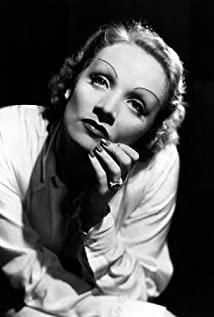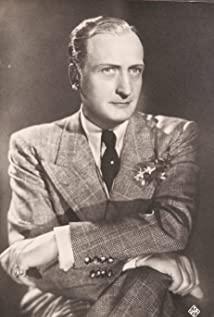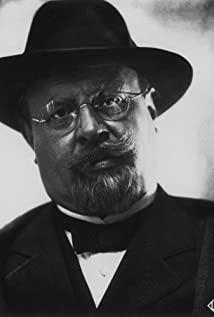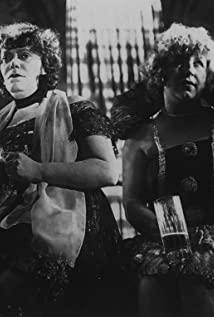Tianshan Theater Hall, German Weimar Masters Exhibition, 8.6 points
1. The clock motif that Bergman loves has been shown in Sternberg's 30-year film. From the close-up of the puppet walking around the big clock at the beginning, to the ticking of the clock that appears throughout the film (Lola and the professor's imitation of the chicken crow is also a testament to the theme of time, the conceptual unity of chicken and timekeeping), to the end The professor ends his life as the clock reverberates for a long time.
A perfect structural circle, the tragedy of an old man's pursuit of a spring dream and returning to solitude
2. The door of Lola's hut seems to be the boundary between the sound and silent film world (but it is too deliberate to highlight the medium of "sound" when presenting and cutting, of course, technical limitations are also a factor), Dietrich Living freely in two time and space inside and outside the house seems to be the destiny of her future career.
3. Success is also Xiao He and Xiao He is also Xiao He. Early sound films gave up the superlative imagination of pictures and shots at the end of silent films, and became the "slaves" of sound (more extreme is that many musical films in the 1930s almost became theater art. video), but there are two still cinematic scenes in the film worth mentioning:
1) The dead bird in the professor's room and the lively bird in Lola's room are excellent metaphors to imply the professor's different mood 2) The professor tore up the 5-year calendar with a perm, and the montage shows the time to the professor. Torment like hell (image of fire)
4. Early movies were like street performers who didn't get rid of juggling. In the 1920s, Chaplin's "Circus" and DuPont's "Juggling Class" were all in the bar/vaudeville setting, until Bergman's "Clown Night" ", do not forget to make a thematic tribute to the senior masters
5. The dramatic conflict of Leon Cavallo's "Harlequin" (the classic setting of two men and one woman) is used as a background board for teaching jealousy. Although the first part is unsatisfactory, the second half of the blue angel is unsatisfactory. textbook storytelling
6. John Nings' performance is undoubtedly crushing
View more about The Blue Angel reviews




